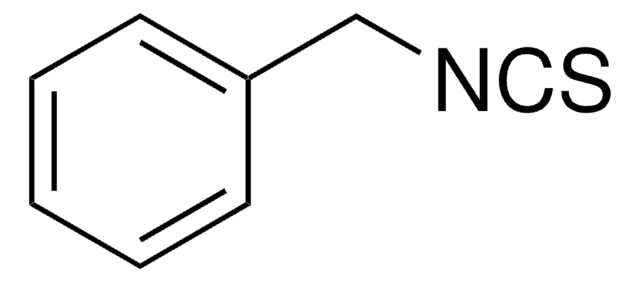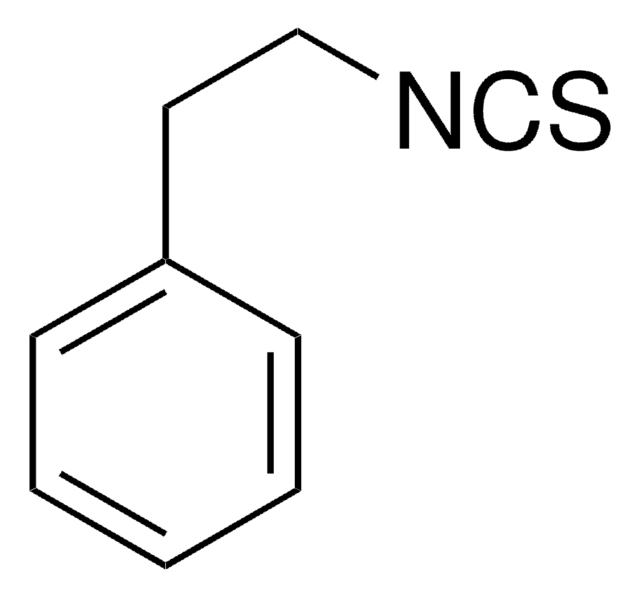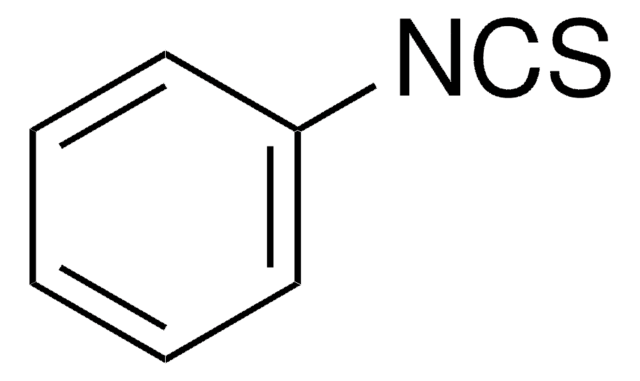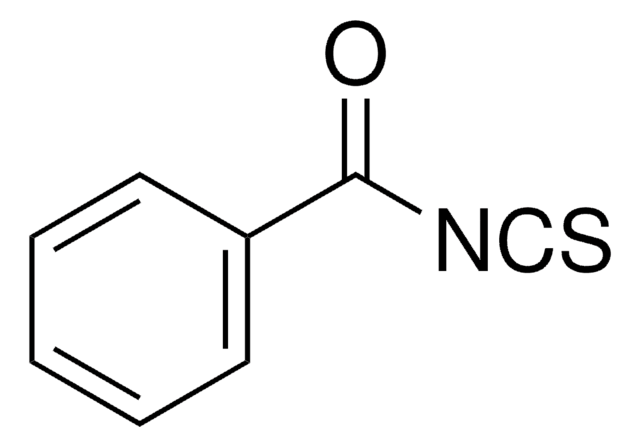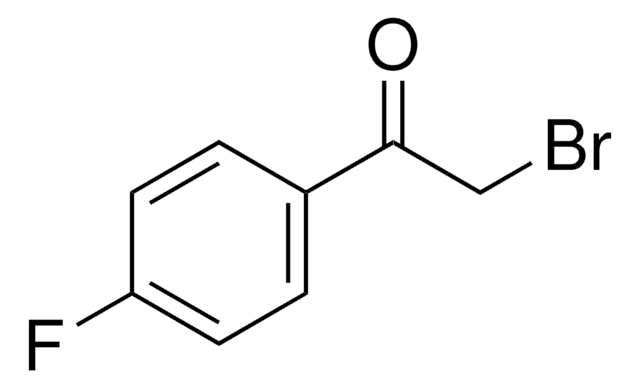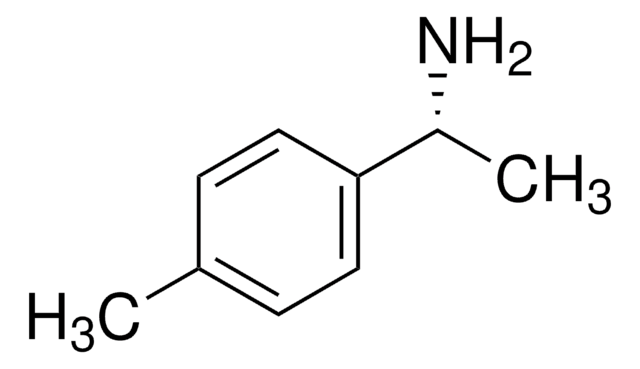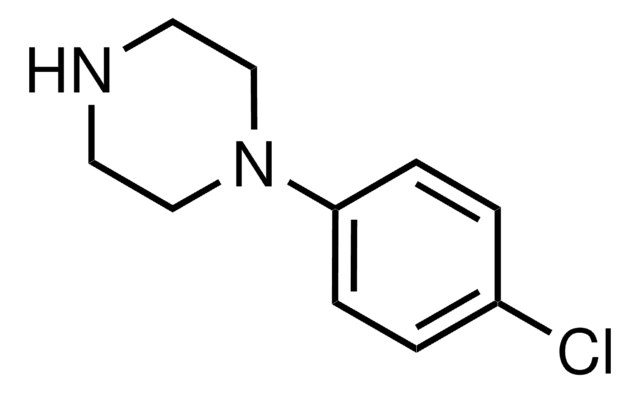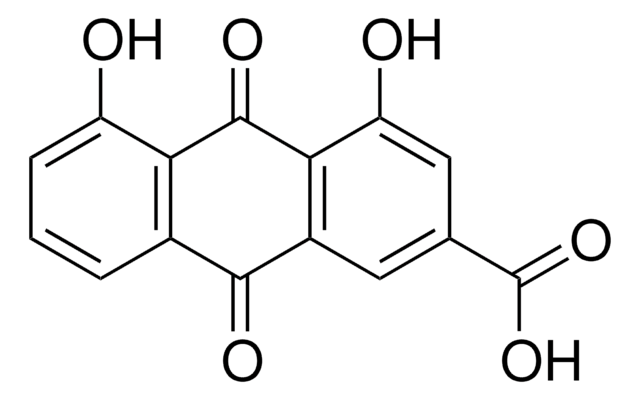Kluczowe dokumenty
253731
Phenethyl isothiocyanate
99%
Synonim(y):
2-Phenylethyl isothiocyanate
About This Item
Polecane produkty
Poziom jakości
Próba
99%
Formularz
liquid
współczynnik refrakcji
n20/D 1.5888 (lit.)
bp
139-140 °C/11 mmHg (lit.)
gęstość
1.094 g/mL at 25 °C (lit.)
grupa funkcyjna
amine
isothiocyanate
phenyl
temp. przechowywania
2-8°C
ciąg SMILES
S=C=NCCc1ccccc1
InChI
1S/C9H9NS/c11-8-10-7-6-9-4-2-1-3-5-9/h1-5H,6-7H2
Klucz InChI
IZJDOKYDEWTZSO-UHFFFAOYSA-N
informacje o genach
human ... CYP1A2(1544)
Szukasz podobnych produktów? Odwiedź Przewodnik dotyczący porównywania produktów
Powiązane kategorie
Opis ogólny
Hasło ostrzegawcze
Danger
Zwroty wskazujące rodzaj zagrożenia
Zwroty wskazujące środki ostrożności
Klasyfikacja zagrożeń
Acute Tox. 4 Dermal - Acute Tox. 4 Inhalation - Acute Tox. 4 Oral - Eye Irrit. 2 - Resp. Sens. 1 - Skin Irrit. 2 - Skin Sens. 1 - STOT SE 3
Organy docelowe
Respiratory system
Kod klasy składowania
10 - Combustible liquids
Klasa zagrożenia wodnego (WGK)
WGK 3
Temperatura zapłonu (°F)
235.4 °F - closed cup
Temperatura zapłonu (°C)
113 °C - closed cup
Środki ochrony indywidualnej
Eyeshields, Faceshields, Gloves, type ABEK (EN14387) respirator filter
Wybierz jedną z najnowszych wersji:
Masz już ten produkt?
Dokumenty związane z niedawno zakupionymi produktami zostały zamieszczone w Bibliotece dokumentów.
Klienci oglądali również te produkty
Global Trade Item Number
| SKU | GTIN |
|---|---|
| 253731-5G | 4061825982304 |
Nasz zespół naukowców ma doświadczenie we wszystkich obszarach badań, w tym w naukach przyrodniczych, materiałoznawstwie, syntezie chemicznej, chromatografii, analityce i wielu innych dziedzinach.
Skontaktuj się z zespołem ds. pomocy technicznej